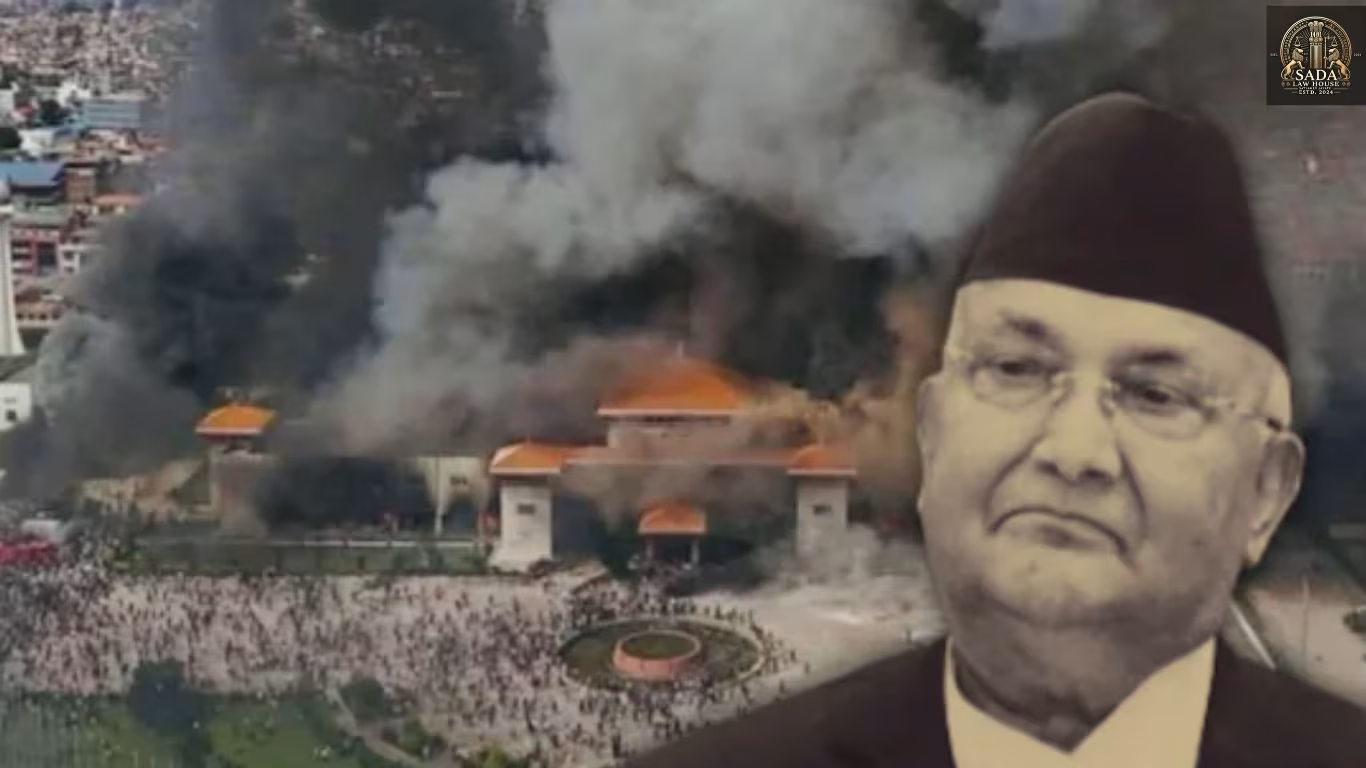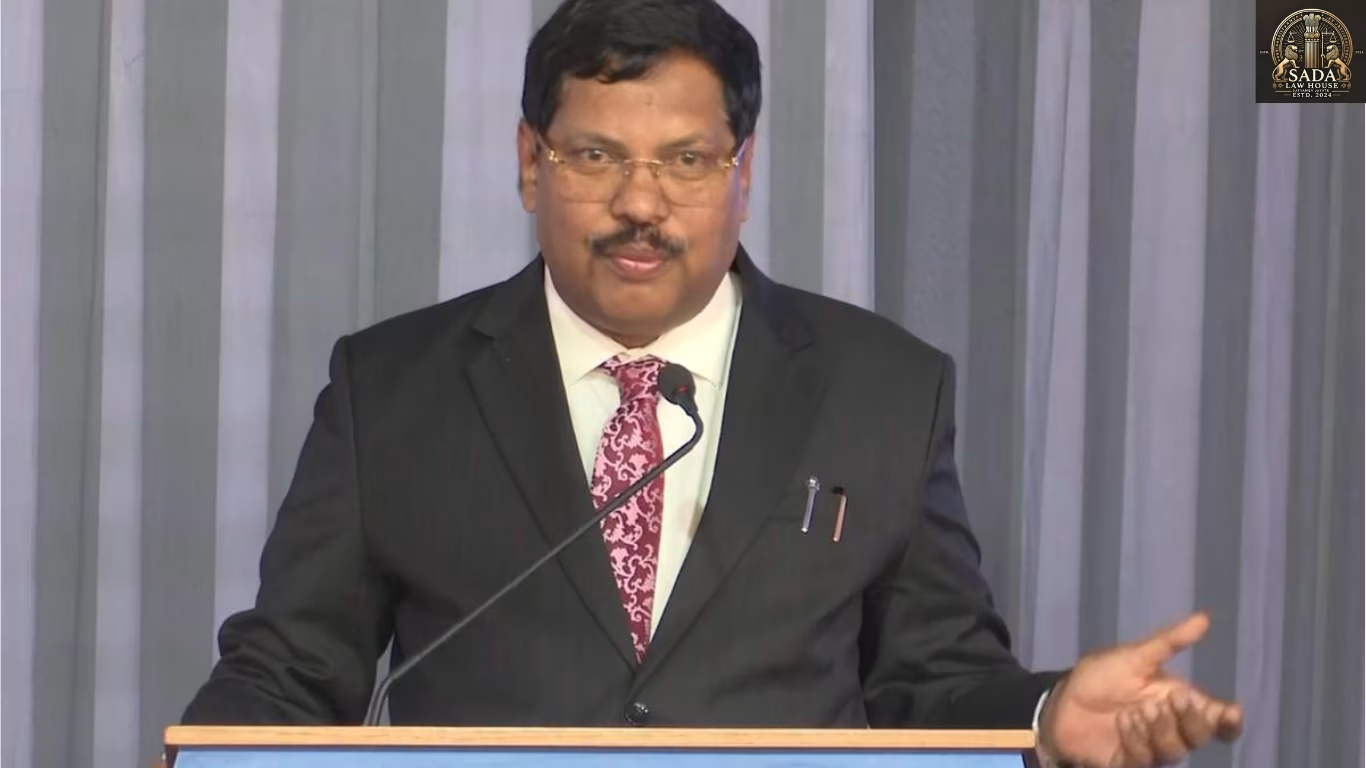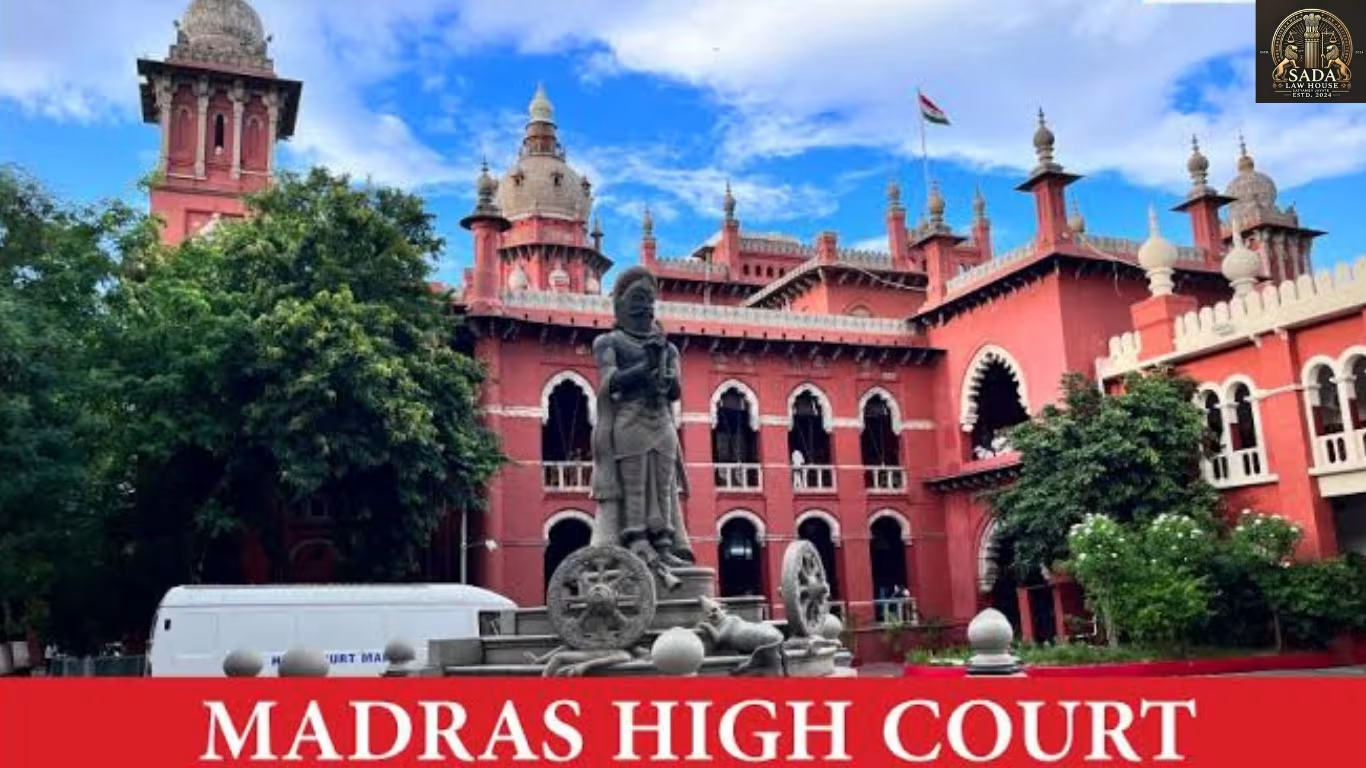Nepal PM K.P. Sharma Oli Resigns Amid Gen-Z Protests and Deadly Clashes
- Shristi Singh
- 10 September 2025

Introduction
On 9 September 2025, Nepalese Prime Minister K.P. Sharma Oli announced his resignation following weeks of Gen-Z-led anti-corruption protests. The protests intensified after the government imposed a controversial ban on social media, culminating in violent clashes with security forces that left at least 19 dead and over 300 injured.
Background of the Case
Oli’s tenure had been plagued by accusations of corruption, authoritarianism, and institutional erosion.
The immediate trigger was the government’s social media ban, viewed by young citizens as an attack on free speech and digital rights.
For years, Oli faced criticism for weakening democratic checks, ignoring calls for reform, and suppressing dissent.
Key Developments
Protests Escalate: Initially peaceful demonstrations turned violent after police and paramilitary units cracked down.
Casualties and Damage: At least 19 deaths and 300+ injuries were reported; government buildings and vehicles were torched.
Leadership Crisis: Oli resigned under pressure but left no clear successor, plunging Nepal into political uncertainty.
Issues of the Case
Youth Power vs. State Authority: The movement underscored the rising political role of digital-native youth.
Institutional Fragility: The crisis exposed weaknesses in Nepal’s democratic institutions and checks on executive power.
Governance Vacuum: Oli’s exit created instability with no immediate resolution or leadership roadmap.
Conclusion
The resignation of K.P. Sharma Oli marks a historic democratic turning point for Nepal. While it reflects the growing power of Gen-Z activism, it also highlights the fragility of the state’s institutions. The path forward hinges on whether Nepal’s leaders can channel popular anger into democratic reform rather than sliding deeper into unrest.






